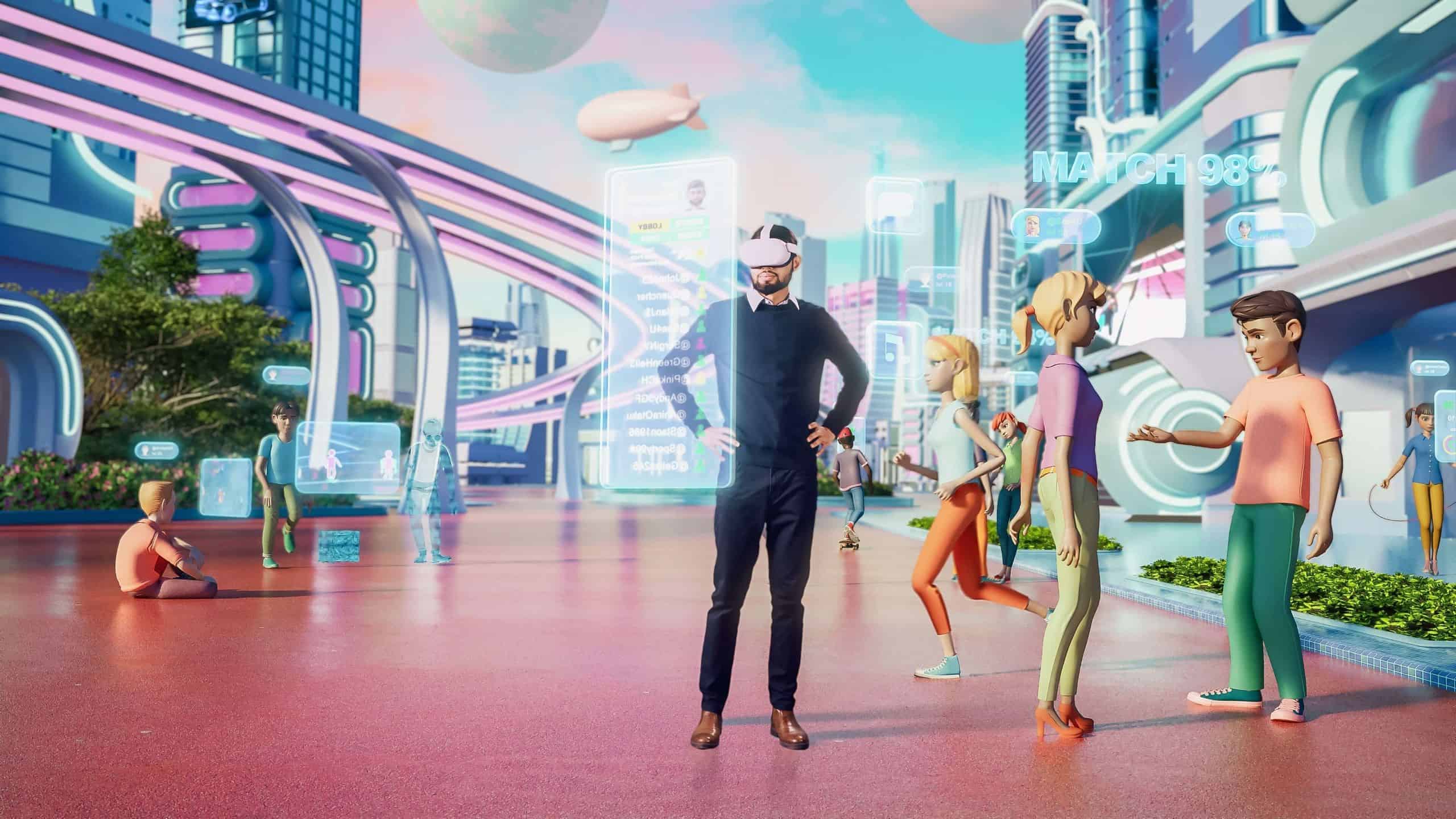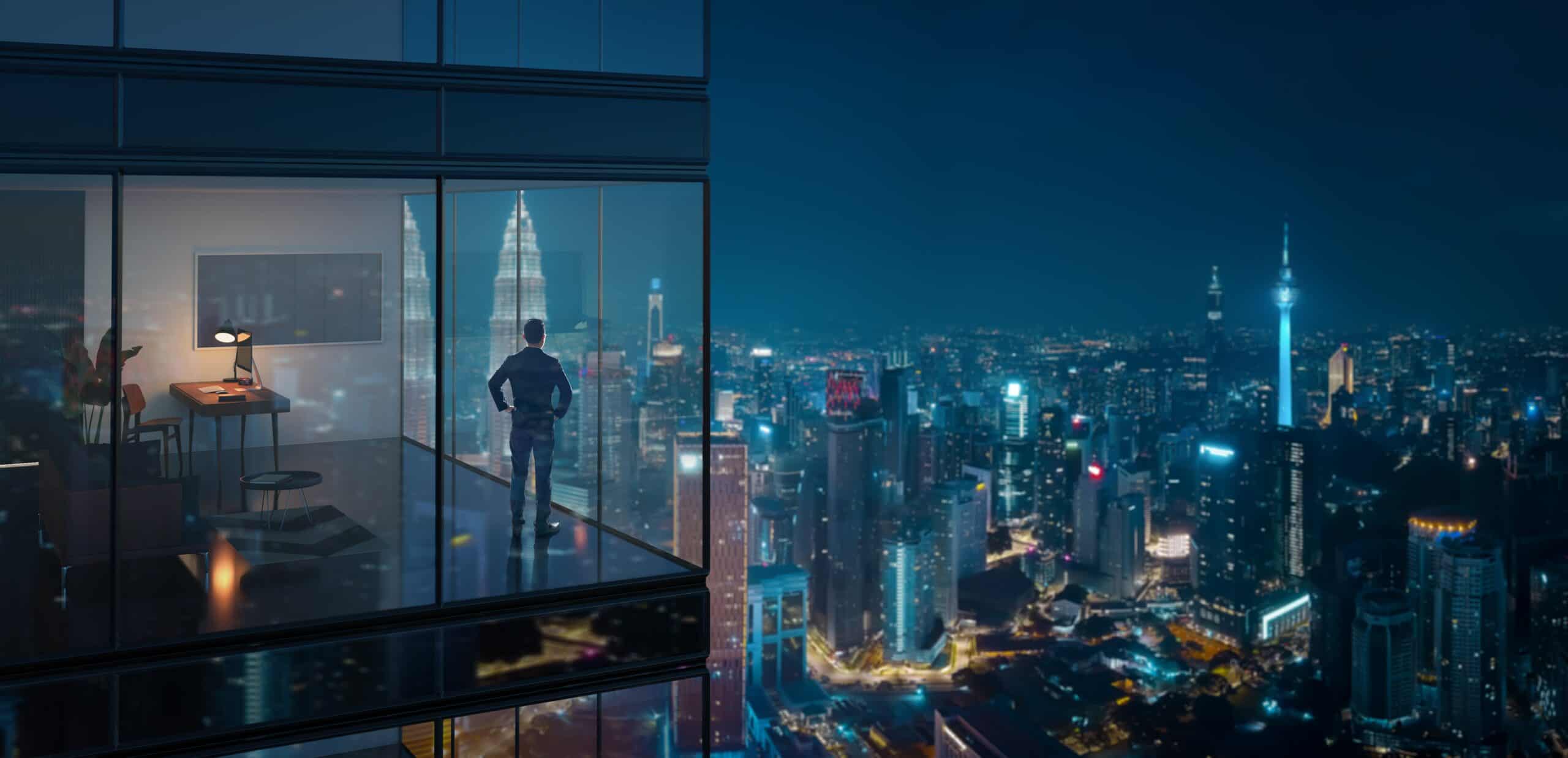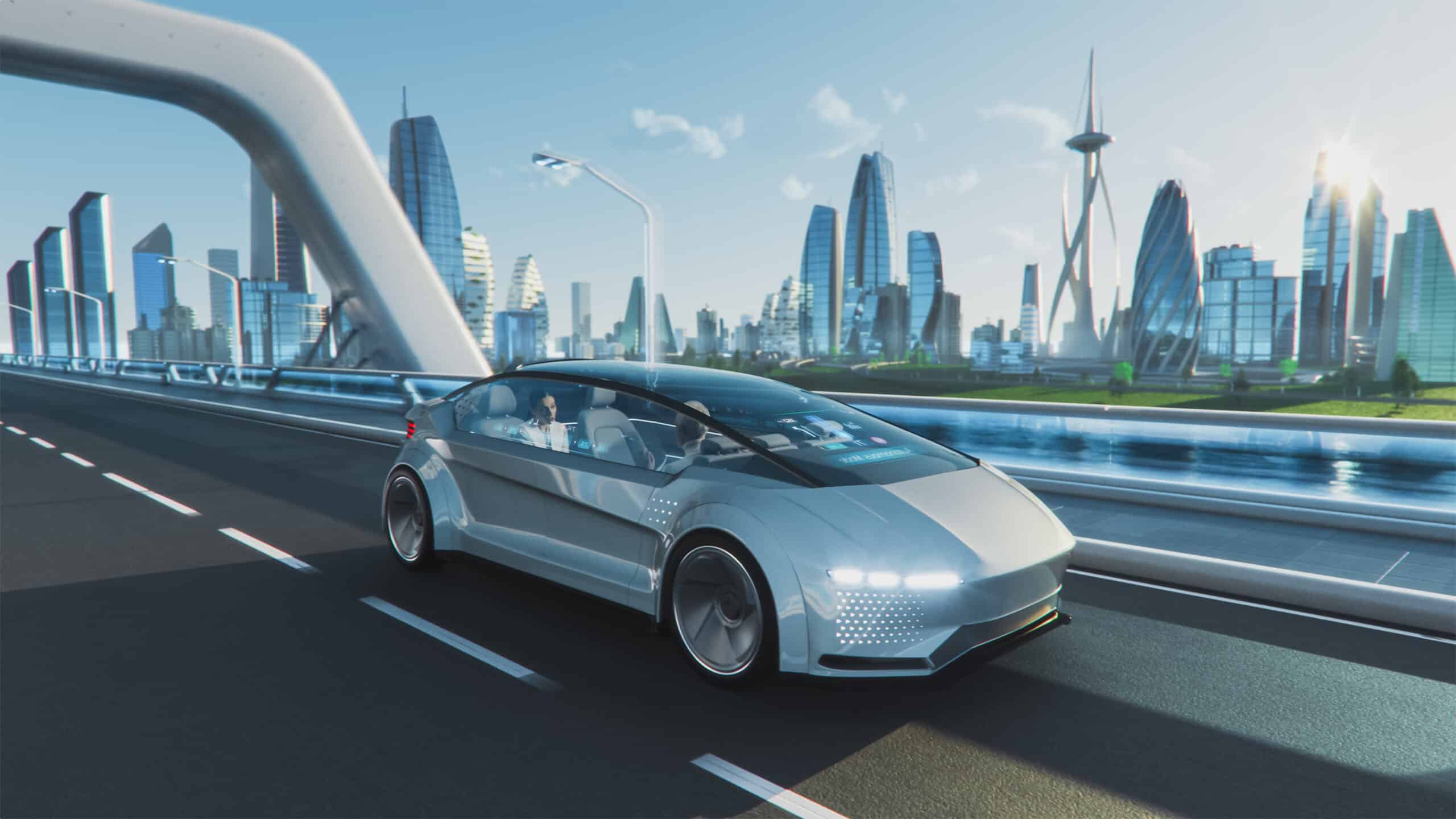- Rising sea levels pose a serious threat to coastal communities
- Floating cities – a promising solution?
- OCEANIX – a sustainable floating city?
- The Maldives Floating City under development
- Waterbuurt – Amsterdam’s floating neighbourhood
- World’s first ‘floating farm’ is providing sustainable agriculture
- What would it be like to live on a man-made floating island?
Sea levels are rapidly rising as a result of climate change. With a significant portion of the global population living in coastal areas, this presents a serious threat to the global community at large, with unprecedented damage and displacement rapidly approaching. Thankfully, there are designs – at various stages of development and implementation – for floating settlements that are unaffected by rising sea levels. Not only could these cities provide urgent protection and accommodation for their inhabitants, but they may also be at the forefront of global sustainable development efforts.
Rising sea levels pose a serious threat to coastal communities
Over the last century, sea levels have risen at the fastest rate seen in almost 3,000 years, causing coastal erosion, dramatic weather events such as storms, contamination of freshwater and crops, and displacement of coastal lowlands. Scientists estimate that three-quarters of sea level rise over the last four decades can be attributed to glaciers melting and thermal expansion of the oceans. In fact, the melting of glaciers in Antarctica alone could cause over a metre of sea level rise by the end of the century. This poses an immense threat to billions of people – around 40 per cent of the world’s population lives within 60 miles of the coast, with 10 per cent in coastal regions less than 10 metres above sea level.
The damage to ports and harbours from rising sea levels could also reach well over $100 billion by 2050. A UN report earlier this year named coastal cities and Small Island Developing States (SIDS) – in which many millions of people live – as being at particular risk from sea level rise, and reinforced the urgency of finding solutions to this threat. The report stresses the need to “take bold steps to transition to more resilient, equitable, and sustainable cities” to avoid an unprecedented humanitarian, economic, and societal catastrophe. Failing to find a solution will result in many millions being displaced from their homes and becoming climate refugees, with the effects being felt in every part of the world. In fact, many effects can already be seen – flooding is becoming increasingly frequent, and population growth in coastal cities is driving housing shortages and pushing expansion closer to the rising tides.
“The transition to the New Urban Agenda requires disruptive innovation on a massive scale. In response to rapidly changing environmental conditions, we must consider new solutions in how we build cities and protect vulnerable communities.”
Second UN Roundtable report on Sustainable Floating Cities
Floating cities – a promising solution?
Tackling the climate crisis requires numerous and varied approaches. Of course, the need to reduce carbon emissions is pressing, and preventing sea levels from rising as much as they are expected to under ‘business as usual’ is the best solution. However, it is also essential on a practical level to make contingency plans to adapt to rising sea levels and mitigate the damage caused. One way in which communities could adapt to this colossal environmental change is the creation of buoyant floating cities. The UN report names many of the advantages of floating cities – they are floodproof, can be towed to areas where disaster relief (for example, housing, energy, and medical supplies) is required, and provide new land to coastal cities with housing shortages. Floating cities can also be designed from scratch to be carbon-neutral, creating the sustainable societies of the future. The idea of floating cities is more than just an abstract concept – there are examples in development right now.
OCEANIX – A sustainable floating city?
One notable example of a floating city design is the Oceanix project, a plan unveiled in 2019 and greenlit for development on the coastline of the South Korean city of Busan. Work on the ocean settlement is scheduled to start in 2023. Busan is situated in a spot particularly vulnerable to rising sea levels, and the popular Haeundae beach could potentially be underwater by as soon as 2030. A study published in the journal Sustainability revealed that Busan experienced the worst flood damage in South Korea in the 2010s. These unfortunate circumstances make the city an ideal place for the testing of the Oceanix prototype. The settlement will be comprised of three separate floating platforms, connected to each other and the mainland by bridges. The Lodging platform is intended for tourists and visitors, and will offer dining, shopping, and other communal activities. The Research Platform will be dedicated to growing food in hydroponic towers. The Living Platform will provide housing for full-time residents.
This is only the start of the possibilities of this ambitious project – the architecture firm leading the settlement’s design intends for smaller ‘villages’ to form a larger metropolis called Oceanix City, which could house over 10,000 residents. The city itself is designed to run entirely on renewable energy. Photovoltaic panels, which turn thermal energy into electricity, will be installed on rooftops and other surfaces, generating all of the city’s power. Solar and wind power systems will also be featured, and closed-loop systems will collect and filter water for re-use. The platforms themselves will also be constructed from a material called Biorock, which can repair damage to ocean ecosystems. Biorock can absorb minerals from seawater to form a self-sustaining, self-repairing coating, as well as absorbing carbon dioxide. Not only could Oceanix City provide refuge from existing environmental destruction, but it could also provide an alternative model for the sustainable settlements of the future.
The Maldives Floating City under development
The South Asian archipelago of the Maldives is the lowest-lying nation in the world. At the UN’s 2021 Climate Change Conference, the Maldives’ president Ibrahim Mohamed Solih warned that “our islands are being slowly inundated by the sea, one by one… If we do not reverse this trend, the Maldives will cease to exist by the end of this century.” Reports from NASA and the US Geological Survey support this statement. The Maldives faces a more immediate existential threat from rising sea levels than any other nation, but its residents are devising possible solutions. Coral reef can absorb up to 97 per cent of energy from waves, significantly reducing erosion. Coral restoration and protection projects have long been in place in the Maldives, more recently even including a design called MARS (Modular Artificial Reef Structure), which places coral reef transplants aboard 3D-printed bases.
But the Maldives’ most ambitious project is its own floating city – 5,000 residential units tethered to the seabed, recently greenlit for construction in 2023. The plainly-titled Maldives Floating City project comes from a partnership between the nation’s government and a Netherlands-based firm called Dutch Docklands, founded by architect Koen Olthuis and developer Paul van de Camp. The settlement will be situated close to the current capital Male and its airport, and is estimated to take around five years to build. The Maldives Floating City will feature houses, shops, restaurants, hotels, and more, and is designed to attract tourists, Maldivians, and even new residents from abroad. It will also be free of cars, with transport happening via boats, bicycles, and electric buggies.
Waterbuurt – Amsterdam’s floating neighbourhood
With the low-lying Netherlands having faced frequent flooding for centuries, it is used to adapting to this, such as by building many of its cities around canals. With this in mind, it is no surprise that so many innovations in floating settlements are coming from The Netherlands. One Dutch development situated in The Netherlands is Waterbuurt, a small neighbourhood of almost 100 floating homes on the IJmeer near Amsterdam. Each house is built on a 100,000-kilogramme raft, which includes a hollow cement cube to displace water and allow flotation. These cubes must be built exactly according to specifications and without any cracks or structural damage, otherwise the rafts could tip over. To keep the rafts in place, each is moored to two steel poles embedded under the lake, and all houses are connected with jetties. Significant expansion is planned for Waterbuurt, with an eventual goal of 18,000 homes.
World’s first ‘floating farm’ is providing sustainable agriculture
Waterbuurt isn’t the only floating settlement in the Netherlands. The Floating Farm in Rotterdam is situated on floating architecture so that dairy can be produced in a “sustainable, innovative, transparent way with animal welfare as top priority.” The Floating Farm was built by property development firm Beladon, and houses around 40 cattle which produce over 300,000 litres of milk a year. Peter Van Wingerden, the founder of Beladon and CEO of the Floating Farm, states: “By building on the water, we are climate adaptive. So, no matter how much rain falls or how high sea levels rise, we can always produce healthy food.” The close proximity of the farm to urban areas is one of its main advantages – transport of its produce to the residents of Rotterdam is quicker, cheaper, and less environmentally destructive than the transport of produce from more rural farms. The farm was designed around a modular building structure that “can go deeper under the water and much higher on top of the water. We can make it as scalable as we want as well.” Van Wingerden and the team are also planning another floating farm which will house 7,000 chickens and a 2,000 square metre vegetable patch. The company is also in talks with other cities all over the world to provide even more farms.
“Any city that sees the importance of healthy food consumption understands that the best way is to produce this healthy food as close as you can get to the consumers. This will also help create awareness.”
Peter Van Wingerden, CEO Floating Farm Rotterdam
What would it be like to live on a man-made floating island?
As well as providing a hopeful solution to rising sea levels, the creation of floating settlements could also solve housing shortages. This could even attract residents who live far from coastal areas and are struggling to find affordable housing. With demand for floating homes likely to be high, there are questions around how residents would be chosen, how floating settlements would reduce wealth inequality, and what life on a floating island would be like. In 2019, a UN conference on Sustainable Floating Cities revealed the most common concerns of students viewing the talks from Nairobi using a video link. One issue that was raised was the potential for feelings of isolation, particularly for younger people who may want to be close to cities and the opportunities they provide. However, another student from MIT was more hopeful – “I grew up on an island in the Pacific Northwest… If we create something that can foster the kind of tight-knit culture and mentality of sustainability we had there, this is really doable.”
UN Deputy Secretary-General Amina J. Mohammed echoed this optimism. “We really do have an opportunity to do something… We could take from our universities, young people, partners from outside, and turn this into a shining example of the possibilities for millions of people being able to live on a coast and not have to move inside if they didn’t have to.” Mohammed has experience of dealing with the challenges of coastal life. As Nigeria’s environment minister, she saw how hundreds of thousands of people lived in Makoko, a huge offshore slum comprised of tethered rafts and boats. While Makoko emerged informally from residents’ own solutions rather than from government planning or official development, it provides a workable model for floating settlements, even in economically-deprived areas. The aging global population is another issue that floating settlements could solve. Even if the young would generally be hesitant to move to floating cities, life there could be well-suited to older people, making floating settlements promising spaces for retirement housing projects. With sea levels rising, floating cities are likely to increase in size and number. Like land-based cities, they will have to be planned and designed properly to provide their citizens with a high quality of life.







